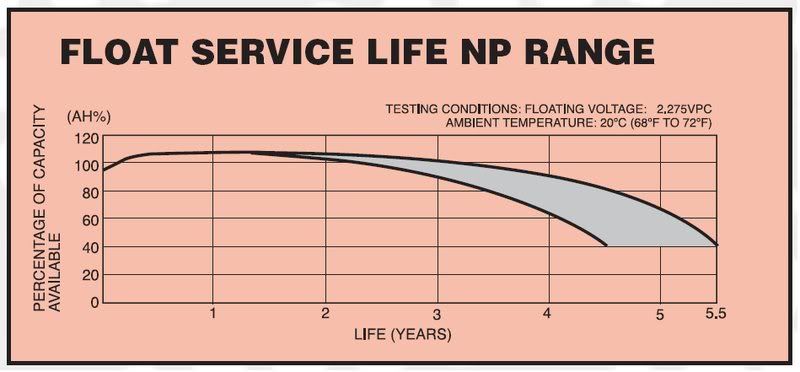A
Atilla
ok then, put it this way.
hello madam /sir, your battery is 5 years old.
the makers say i should change it.
my meter readings say it is ok, my tinpot tester from ACT says its ok, but i can leave it if yoiu like and wait till it causes you grief or change it now which would you prefer?
not rocket science is it?
where do the manfs SAY i MUST replace it ?
they dont and you know they dont


